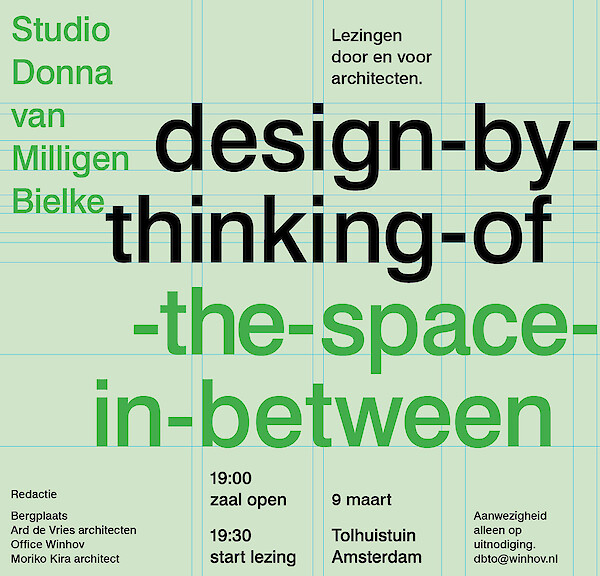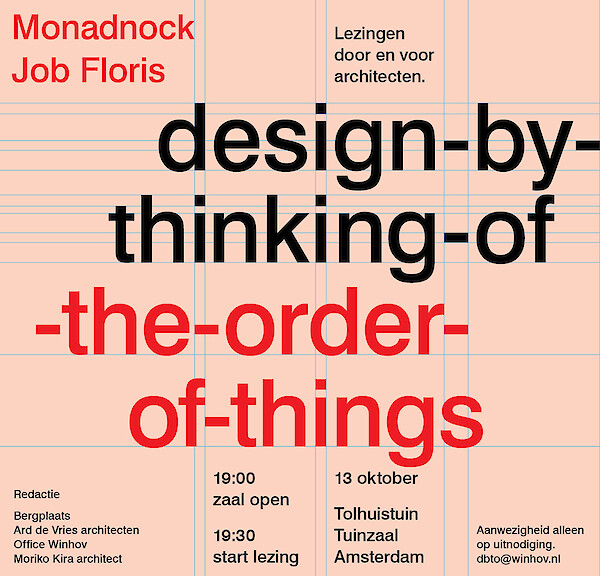Mechthild Stuhlmacher(Korteknie Stuhlmacher Architecten)
The guiding principle for Mechthild Stuhlmacher is that her architecture transcends its time.
She certainly takes the occasional characterization of her work as dull in stride. Behind this attributed dullness lie essential elements – “the old ideas of the discipline” – that require time, patience, and perseverance. Mechthild aims to understand the essence of a brief and, from there, uncover possibilities that may sometimes result in unsolicited advice. In her view, the architect cannot help but look beyond the posed question or task – always seeking more profound insights. Only then can designs emerge that are distinctive, partly unpredictable, and capable of revealing hidden opportunities and unexpected qualities.
While also explaining why Mechthild loves unpredictable users who claim a space and leave traces behind, this approach shapes the projects and clients her bureau collaborates with. It also demands ongoing attention, adaptation, and flexibility, often over a long period until the construction phase. In her lecture, Mechthild explores the connections between the practice's older and more recent, highly successful projects. She links these to the themes of ‘Specificity,’ ‘Convention,’ and ‘Ornament,’ drawn from issues of the journal OASE, for which Mechthild was an editor and which partly forms the theoretical foundation for the work of Korteknie Stuhlmacher Architecten.
















